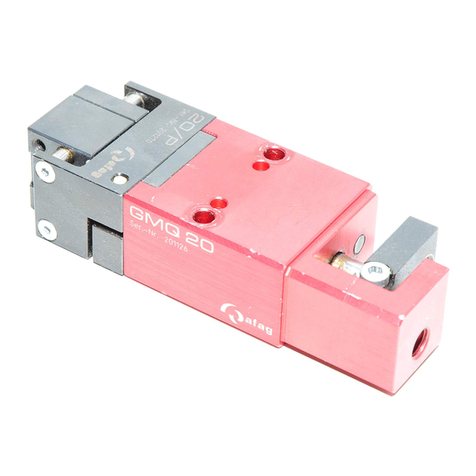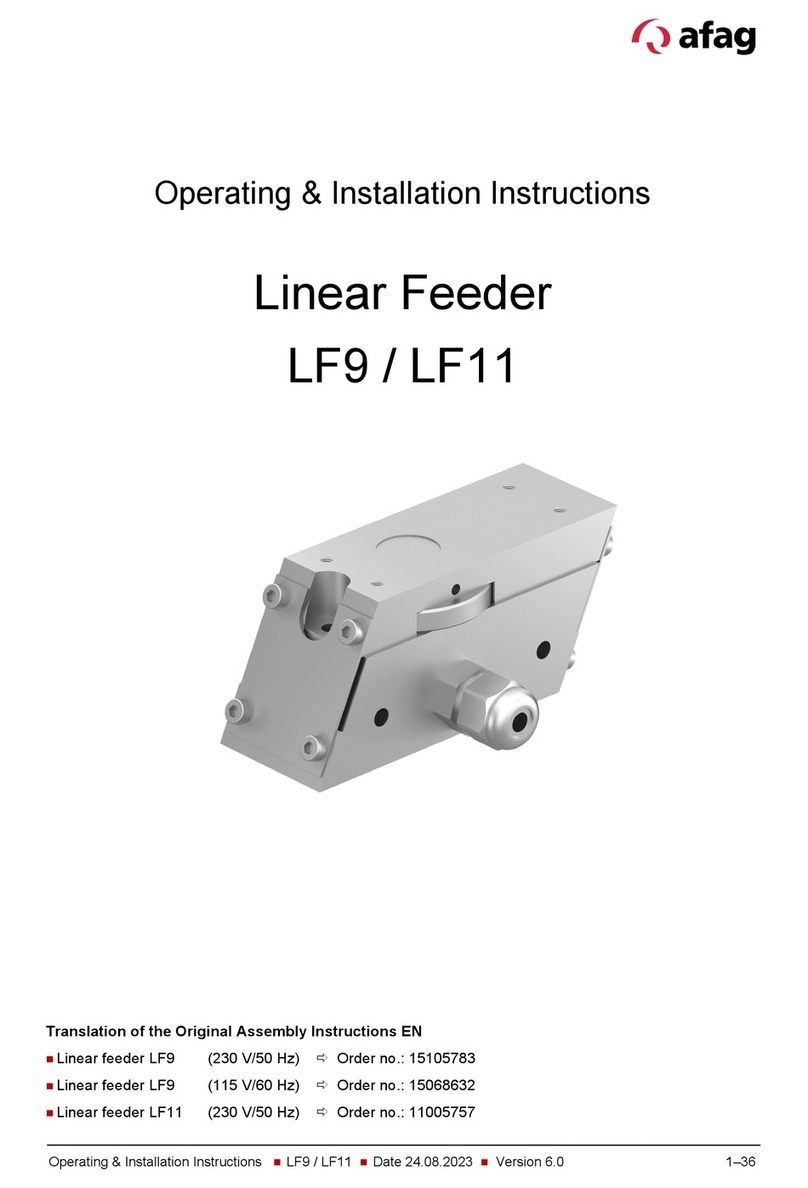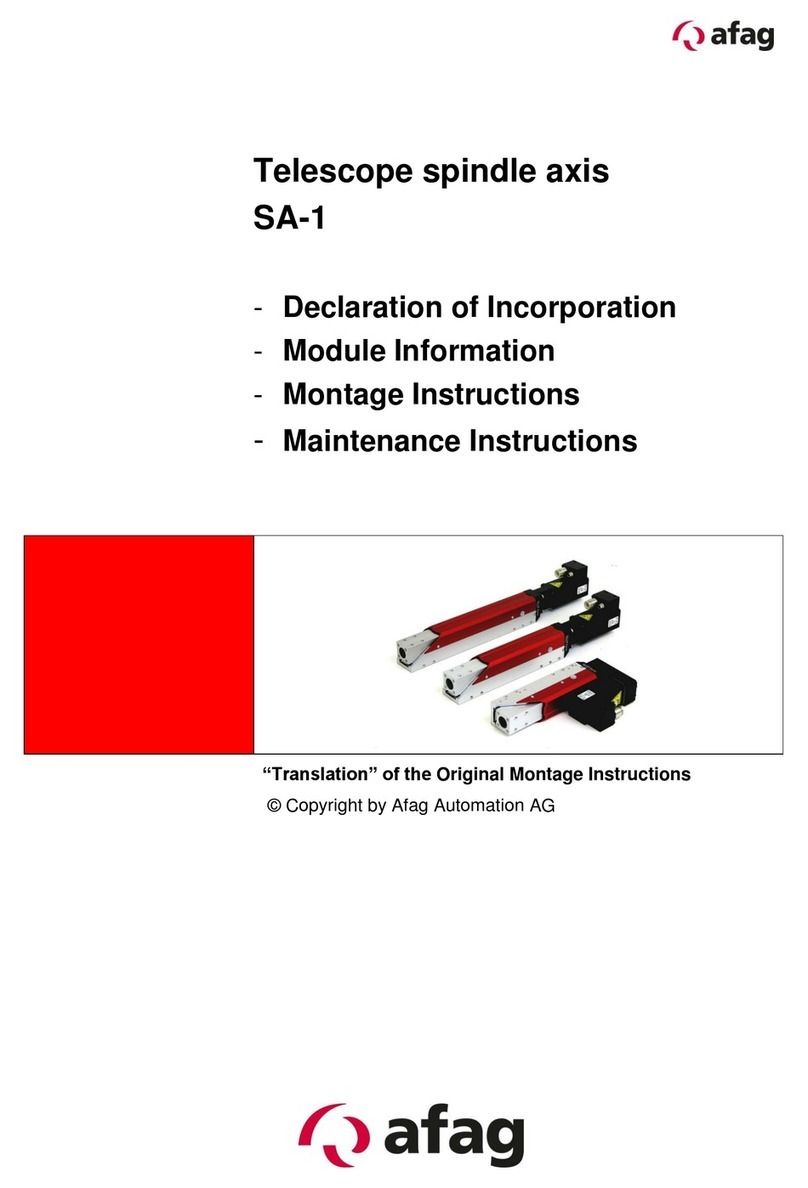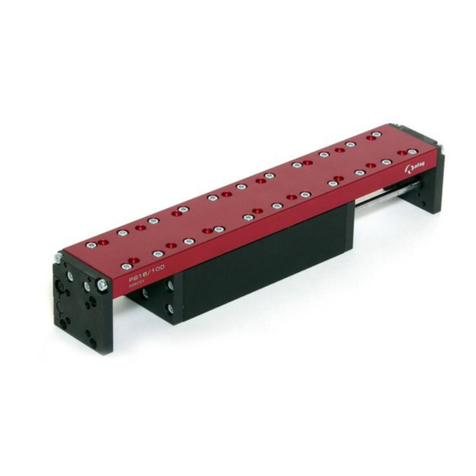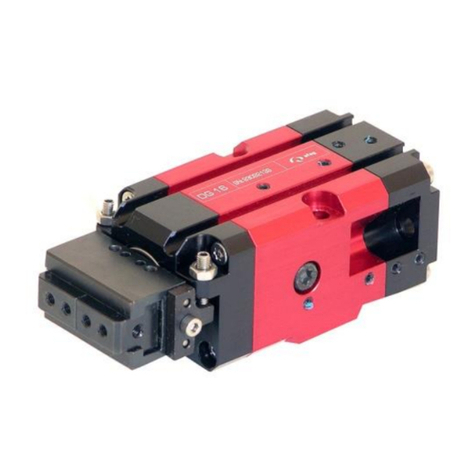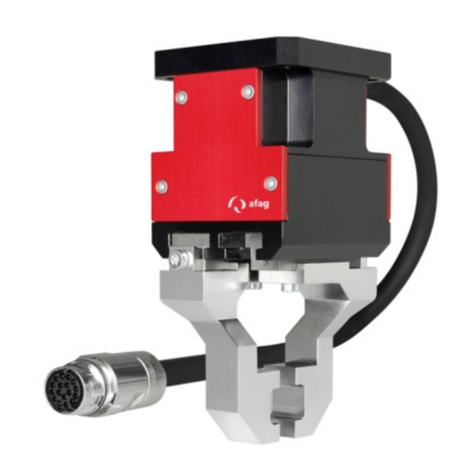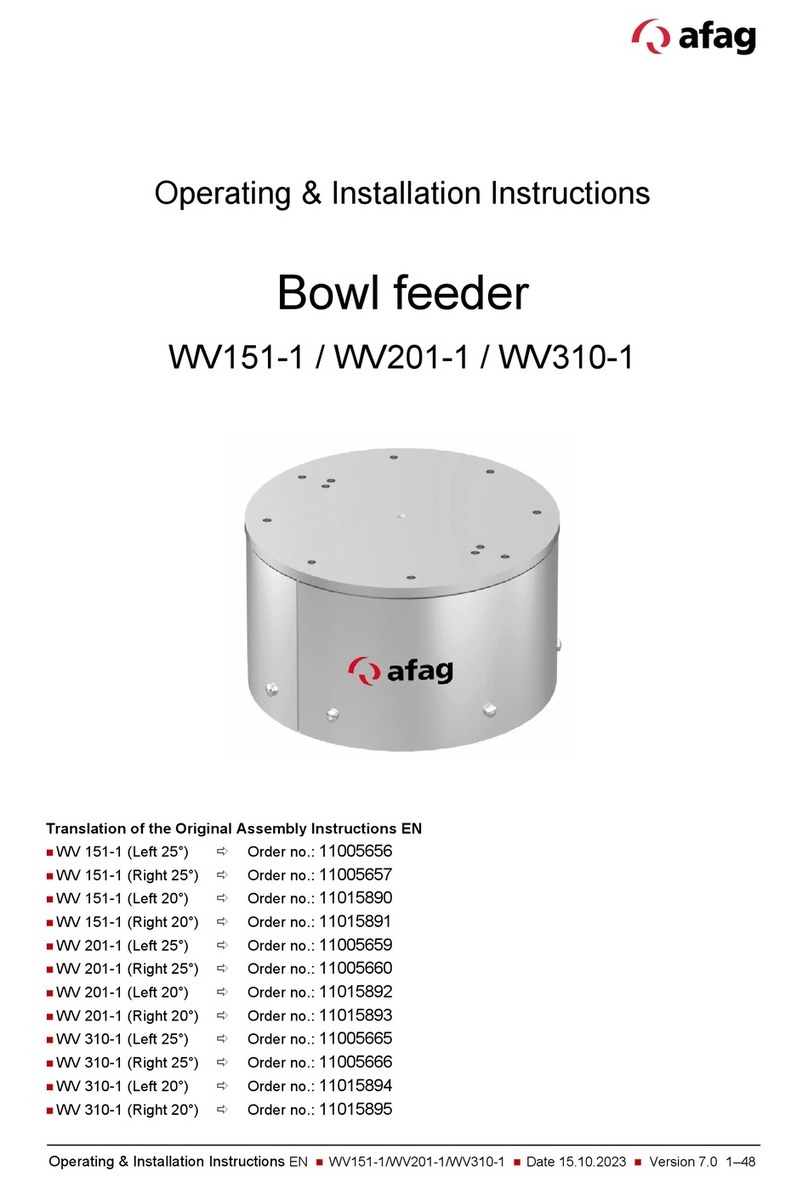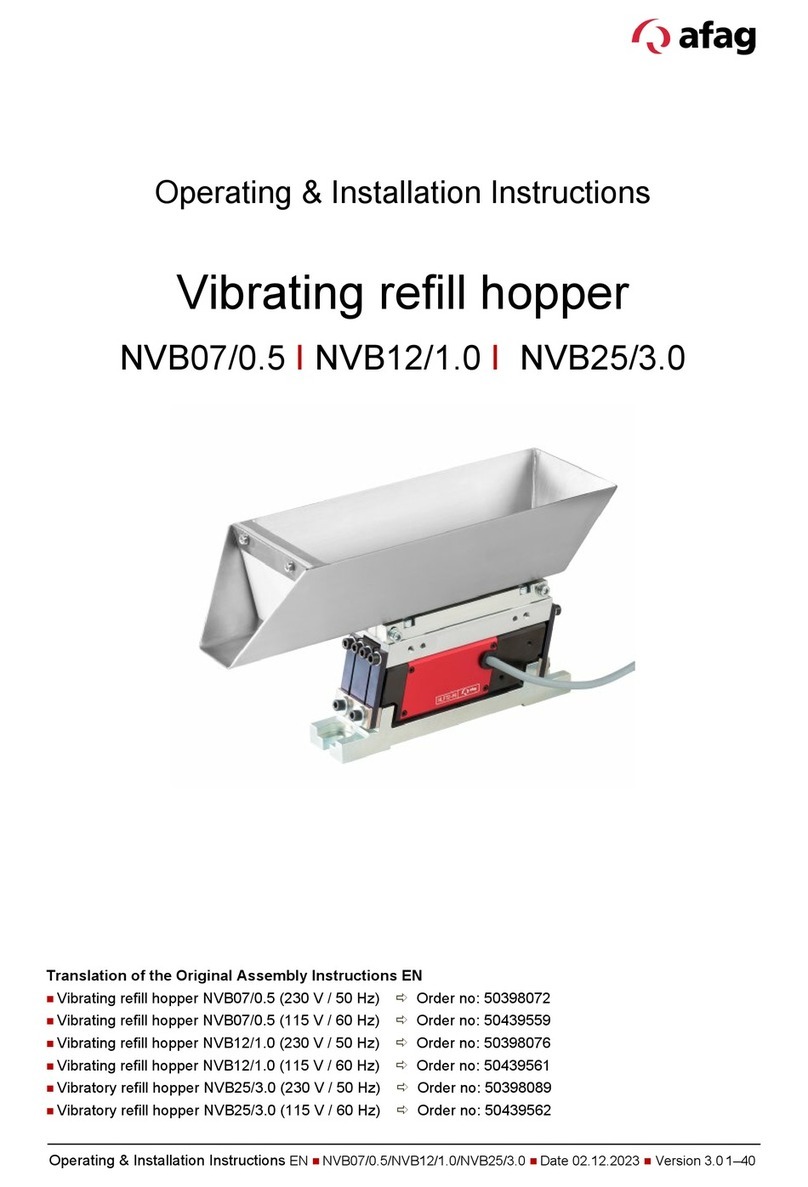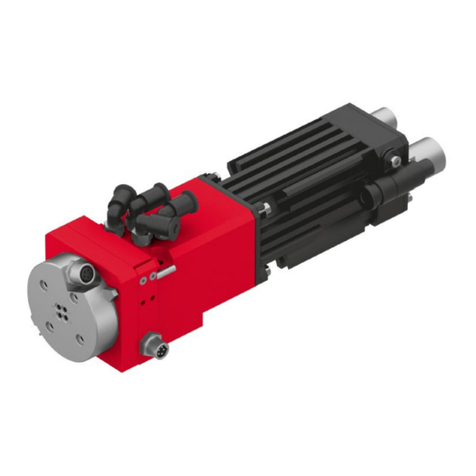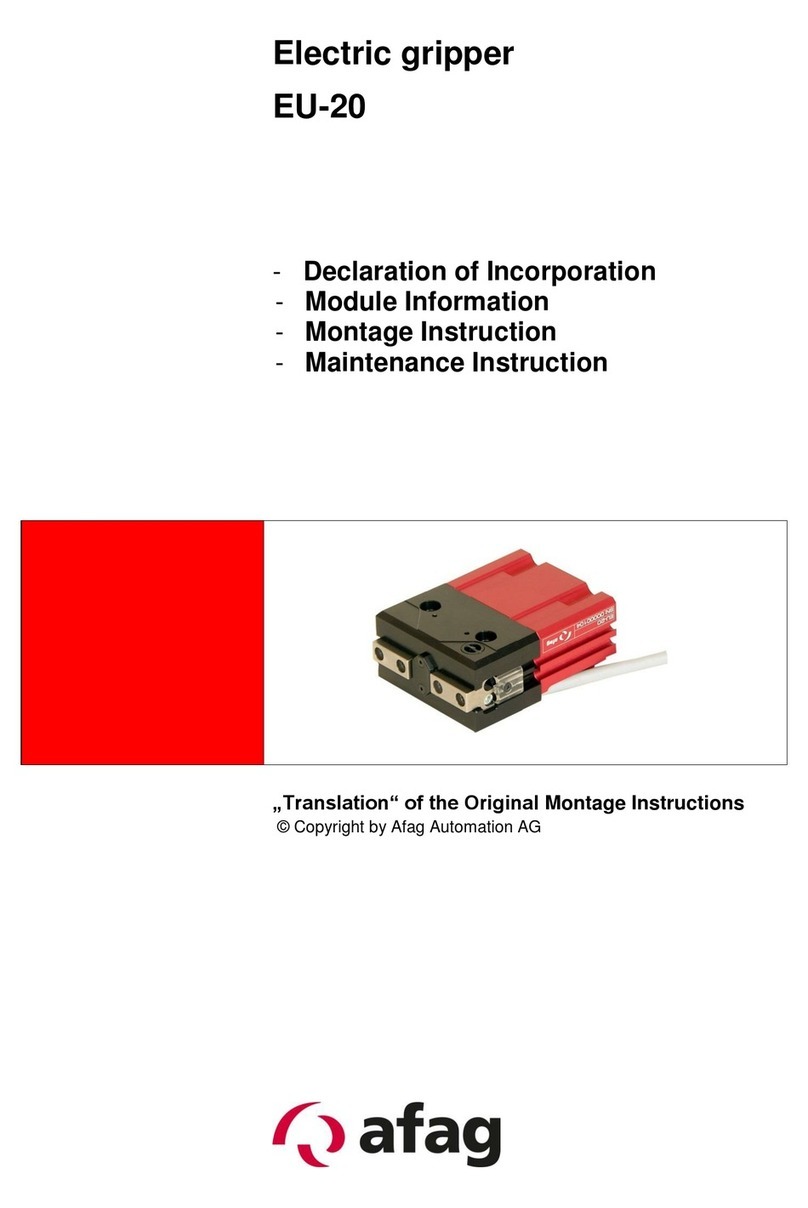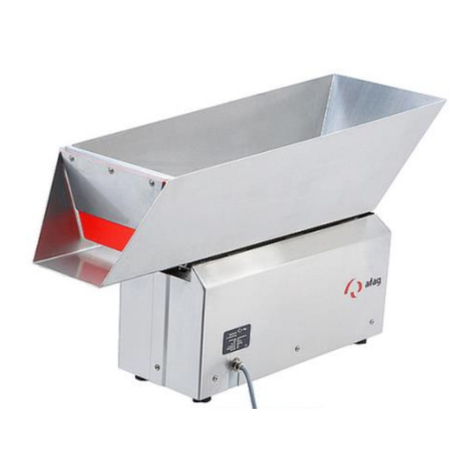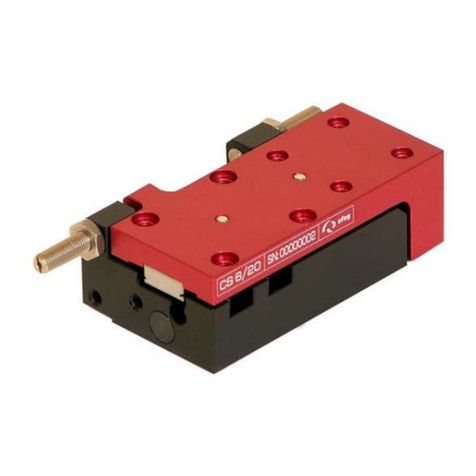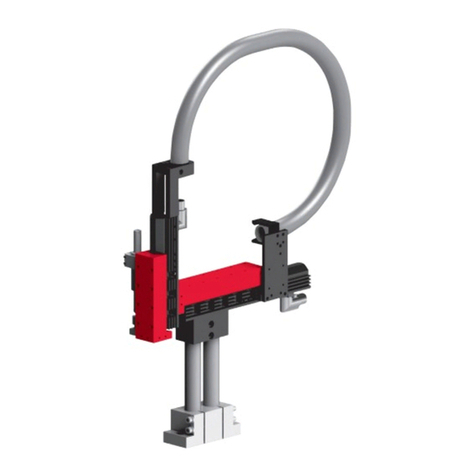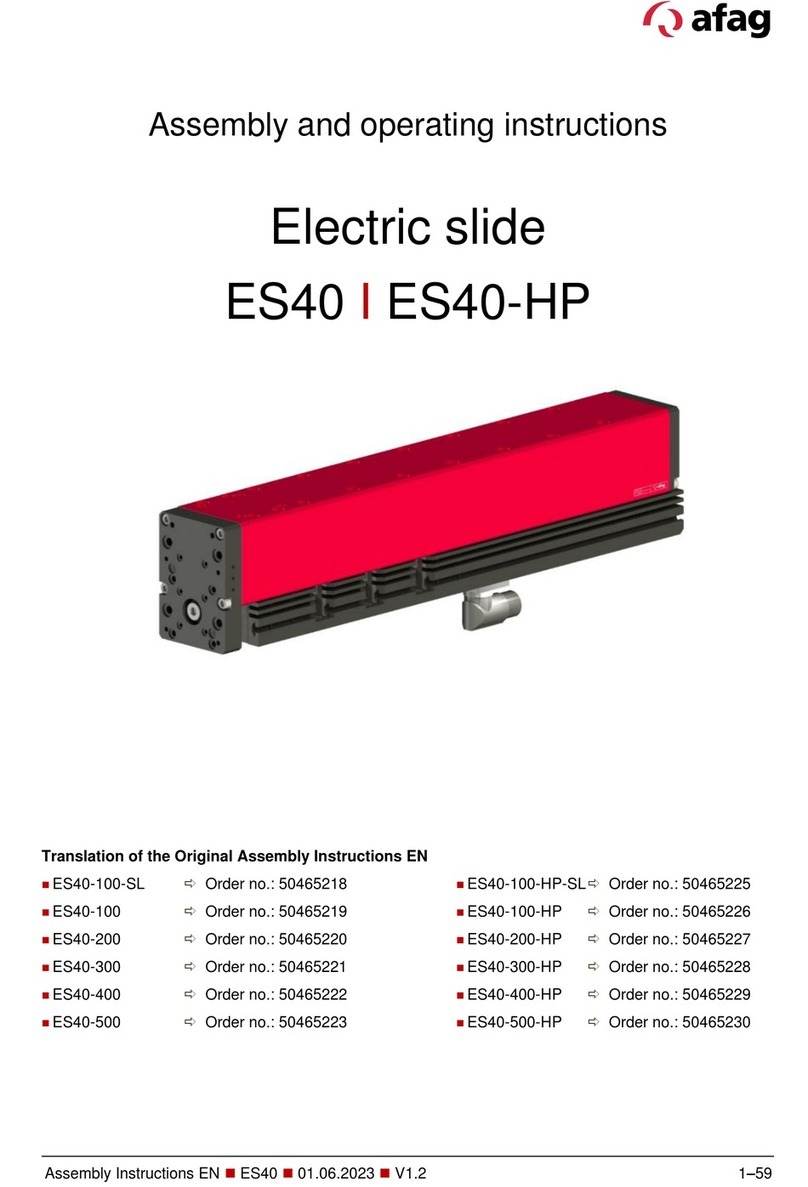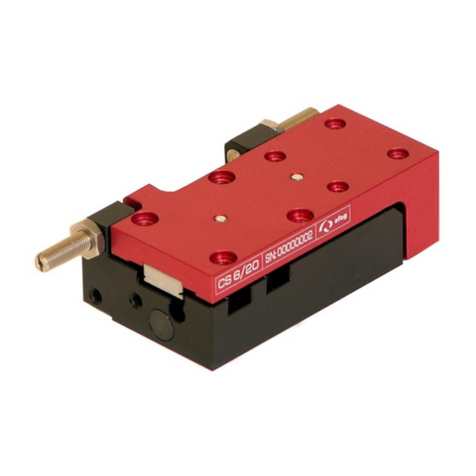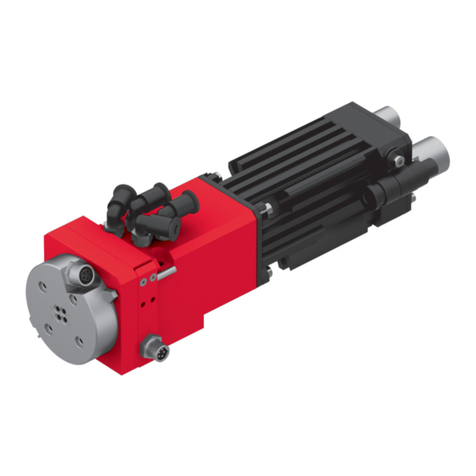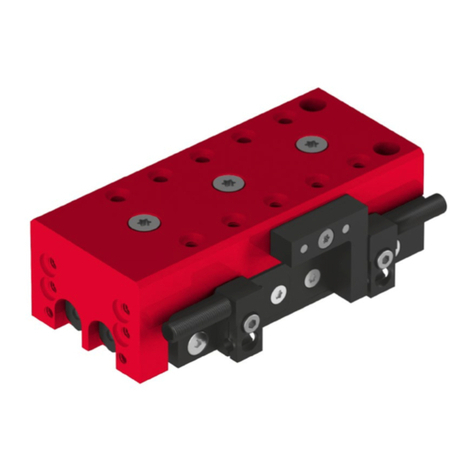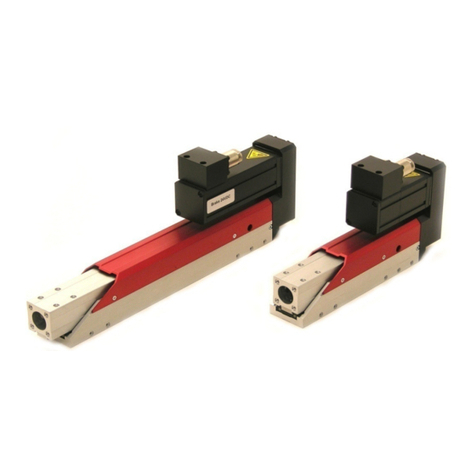R01.0 2/20/2018 Page 3
Table of Contents:
1Safety Instructions..............................................................................................5
1.1 Explanation of symbols and notes ............................................................................................................5
1.2 Basic safety instructions ...........................................................................................................................6
1.3 Safety Instructions ....................................................................................................................................6
1.3.1 Danger areas ....................................................................................................................................7
1.4 Intended Use.............................................................................................................................................8
1.5 Improper use.............................................................................................................................................9
2Description of the Device .................................................................................10
2.1 General ...................................................................................................................................................10
2.2 Functional description ............................................................................................................................10
2.3 Technical data ........................................................................................................................................10
2.3.1 IBB3.5 –IBB6..................................................................................................................................10
2.3.2 IBB12 - IBB50..................................................................................................................................11
3Installation Instructions....................................................................................12
3.1 Transport ................................................................................................................................................13
3.2 Unit assembly .........................................................................................................................................13
3.2.1 Notes on safe installation ..............................................................................................................13
3.2.2 Electrical connection......................................................................................................................13
3.3 Power supply ..........................................................................................................................................14
4Operating Instructions...................................................................................... 15
4.1 Commissioning........................................................................................................................................15
4.1.1 Checking the belt run:....................................................................................................................15
4.1.2 Checking the lateral guides............................................................................................................15
4.2 Filling the system ....................................................................................................................................15
4.3 Adjustment options ................................................................................................................................15
4.3.1 Lateral guides.................................................................................................................................15
4.3.2 Parts chute .....................................................................................................................................15
4.3.3 Adjustable front panel ...................................................................................................................15
4.3.4 Belt tensioning ...............................................................................................................................15
5Maintenance Instructions .................................................................................17
5.1 Cleaning ..................................................................................................................................................17
5.2 Conveyor belt..........................................................................................................................................17
5.2.1 Replacing the conveyor belt ..........................................................................................................17
5.3 Drive........................................................................................................................................................19
5.4 Other components ..................................................................................................................................19
5.5 Spare parts..............................................................................................................................................19
6Accessories .......................................................................................................20
